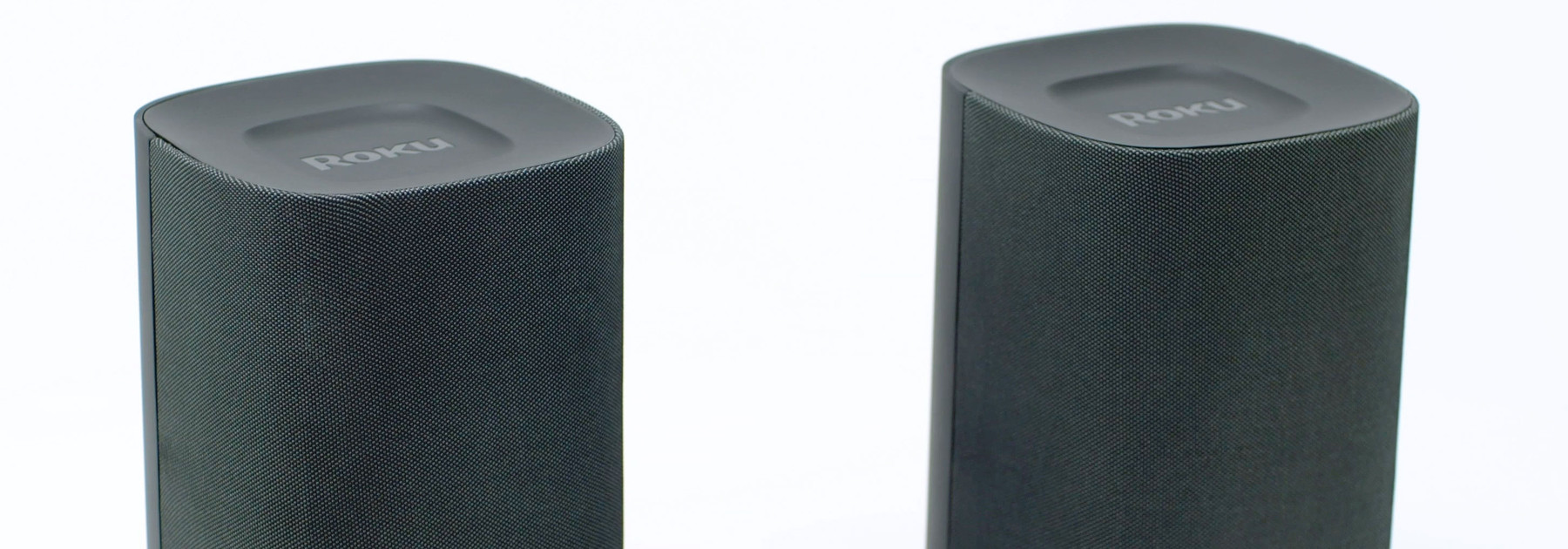
Installing speakers in-wall is a great way to maximize your space, whether you are building a new house or renovating an existing one. They are also discreet, so they blend in with the space and don't seem like an accessory.
It's easy to install speakers in-wall. There are many options to choose from, including in wall surround and in-ceiling speakers. All of them are designed to produce a consistent sound between the speakers and the listener. They are often voice-matched which means that they have particular tonal qualities that work well in specific rooms.
Plan your speaker locations is the first step in the entire installation process. This can be done by mapping the wall studs and ceiling joists using a stud finder. This will allow for precise placement of the speakers, and you can avoid problems with drywall and other materials.
Once you've got a rough idea of the location of the speakers, it is time to start cutting a hole in your wall for them. The majority of in-wall speakers include a template to help you trace the outline for the hole to be cut. Download a template from your manufacturer's website if you don't have one.

Locate studs and joists on the wall where you want to install the speakers with a stud finder or a tape measure. To make them easy to locate later, use painters tape.
Next, use a drywall saw to cut the opening in the wall for the speaker. You must be careful not to cut into the wiring. This could lead to an electrical hum being heard when the speaker turns on.
If you run into an obstruction while cutting out the hole, try removing it to make room for your speaker. You might also find insulation that you'll need to remove after cutting.
Depending on the size of your speaker, you may need to use a circular template that comes with the speaker to determine the exact size of the hole you'll need to cut. If you don't have a circular template, you can draw the outline of your speaker on the wall with a pencil.
Before you begin cutting, be sure to take a look at the stud finder. This will stop you accidentally stepping onto something and injuring your self.

Once you have cleared out all obstructions, you can gradually increase the hole with a drywall knife. You should make sure that the hole is big enough for the speaker but not too large so there are no air spaces or gaps between it and the hole. The edge of a drywall blade can be sharpened to make very precise cuts around the hole's perimeter.
Once you've made the hole big enough to fit your speaker, mount it. The majority of in-wall speakers come with dog-leg clamps to attach to the wall. These clamps can be used to secure the speaker from falling off the wall. They are usually made of two pieces and can be fastened with screws.
FAQ
Is a Soundbar better than a 5.1 soundbar?
Both yes and no. Yes, because it will create a more immersive home theatre experience for most users. No, because it doesn't mean you'll enjoy watching movies in bed.
An entire room must be dedicated to a home cinema setup. To make it possible, you'll need to invest a lot in space and money.
But there are plenty of ways to achieve the same effect without spending much time and effort.
It is possible to project images onto walls using a projector-based system instead of directly onto a screen.
This way you won't require a large TV display. You can choose smaller screens (TVs) instead.
You can also install speakers in the corners of the room. These speakers allow you to enjoy music and videos without disturbing others.
A soundbar can do just about everything. You will need a complete home cinema setup if your goal is to fully immerse yourself into a movie.
How do I get started building my own custom home theater?
A variety of methods can be used to create custom home theaters. There are many ways to build a custom home theater. One is to use pre-built equipment from different manufacturers. You can also build it yourself. You will need to have a few basic tools.
If you want to start from scratch, you'll need a drill, saws, screwdrivers, hammers, measuring tape, jig saw, router, sandpaper, screws, nails, and other miscellaneous items. It's also worth investing in a workbench to make it easier to get around while you're working.
Pre-built components will be required if you want to use them. You'll need a satellite dish, a TV tuner card and cable box. You will also need an HDMI cable and a computer that runs Windows 7 or later.
An alternative option is to purchase a complete unit. You could spend less money this way, but you won't have access to the customization options available if you build one yourself.
Once everything is assembled, you will need to attach the components. Attaching the satellite dish will be necessary to mount it on the roof of your home. You will mount the television screen in your living area. You will then connect your speakers with the wall in the rear of your living room.
What sound system can you use to listen to music best?
Recently, we've heard many positive things about the Bose QuietComfort 25 headset. We also love our Beats headphones, and have been using them for years. Which are we more fond of?
How much you spend and what you desire to hear is the key. If money is not an issue, the Bose QuietComfort might be the best option. If comfort is your priority, the Beats might be worth looking at.
There are many great options available for both. For example, the Sony WH-1000XM3 noise-canceling wireless headphones are very popular now.
But whichever set you choose, ensure you get the most bang for your buck. It is important to choose headphones with long-lasting batteries. Remember that wired headphones are more durable than wireless headphones because they don’t need batteries.
How many speakers is required to achieve a good surround sound system with enough volume?
There's no one right answer here. It depends on the audio content you listen too most. If you listen to music primarily through headphones, then you will not need more than one speaker.
You might also need four speakers if you enjoy watching movies.
It also depends on your room's size and whether it has acoustics issues. Speakers will be more useful if there is a lot of space.
The type of speaker that you choose will affect the number of speakers needed. Smaller bookshelf speakers will work in small spaces, while larger floor-standing towers can be used for larger areas.
How do I select the correct size speakers?
It is best to first assess how much space you have within your home. Are you looking to put speakers in every corner of the house? Do you prefer to add a few speakers to key areas or do you want to fill every corner with speakers?
You should also consider what kind of music that you will be listening to. Smaller speakers may be necessary if classical music is your preference. However, larger speakers may be needed if your preference is rock 'n’ rolling.
Consider whether all of your speakers should be wired or wireless. Wired speakers use wires to transmit power and signals. Wireless speakers don't require cables. They are however, not as powerful or as reliable as wired models.
Statistics
- 10% off all sitewide purchases + (wired.com)
- According to a study released In March 2020, the six biggest tech development companies, Proceedings of the National Academy of Sciences of the United States of America (en.wikipedia.org)
- According to their research, Google's speech recognition software is 13 percent more accurate for men than women. (en.wikipedia.org)
- According to Henriques, the sound system has also played an influential role in the global influence of Jamaican music internationally. (en.wikipedia.org)
- Amazon is likely to release new models very soon (there is an event on September 28), so you should wait until that event is over to buy. (wired.com)
External Links
How To
Which is the No 1 sound system?
It is best to say that we feel music when we listen. We become one with music.
A great audio experience is not just about having speakers and subwoofers. It's also about how the audio is delivered. An amplifier is essential for speakers that produce great bass.
A great amp can make even cheap speakers sound amazing. However, a poor amp can destroy expensive equipment. A quality preamp is a must for your home theatre.
Most sound systems today have a preamp built in. While these provide decent performance, they often lack the power to deliver deep bass. For those who plan on playing loud music while watching movies you will need better sound.
A dedicated preamp is sure to please. These devices can handle large amounts of audio signals and provide them cleanly.
They also feature automatic volume controls that adjust the level based on the source material. This allows for you to lower the volume during quiet scenes, and increase it as the action heats.
Preamps can also have equalizers to correct signal problems. The equalizer will raise the frequencies that are too low to compensate.
This will allow your speakers to reproduce sound accurately. If your speakers aren’t producing bass properly, then so are you.
There are two main types, active and passive, of preamps. Active units require batteries that run continuously. Passive units draw very little current and therefore don't drain batteries.
Passive units are less efficient and produce a lower quality sound. Passive units are more expensive because they require separate amplifiers.
Preamps can be wired to your speakers in most cases. However, you can connect them via RCA cables if desired.
Your preamp is a key component of upgrading an existing system. You can tell the difference between a great and a bad preamp by how it performs.
Preamps may include an integrated tuner and/or CD player. Others offer features such as surround processing. Many include digital inputs that allow you to connect your iPod or MP3 player.
Remember to take into account both price and size when shopping for a preamp. Spend less than $100 per channel.
We cannot emphasize this enough: Make sure you buy the correct preamp for your needs.